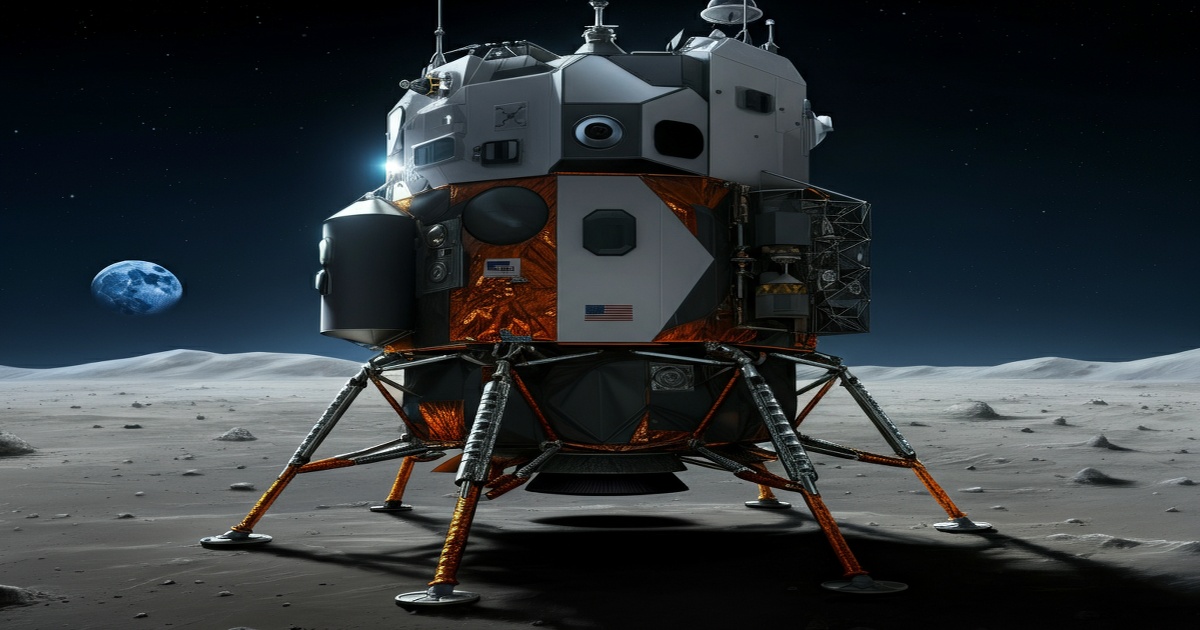Two Robotic Landers Launched to the Moon
Two robotic lunar landers, one American and one Japanese, embarked on a journey to the moon on Wednesday, January 11, 2023. The landers, launched atop a SpaceX Falcon 9 rocket, will take different paths to the lunar surface, carrying out various scientific missions.
Built by Firefly Aerospace, based in Austin, Texas.
Carries 10 sophisticated instruments for NASA.
Will spend 25 days in Earth orbit before heading to the moon.
Will land near the center of Mare Crisium, the Sea of Crisis.
Will collect data on the lunar dust environment, drill into the soil, and monitor background X-ray emissions.
Built by ispace, headquartered in Tokyo.
Carries four instruments and a small microrover named "Tenacious."
Will take a low-energy fuel-saving trajectory to the moon.
Will attempt to land at Mare Frigoris, the Sea of Cold.
Will carry out experiments related to lunar infrastructure, food production, and art installations.
Both missions are privately funded, demonstrating the growing role of private companies in space exploration.
The Blue Ghost mission is part of NASA's Commercial Lunar Payload Services (CLPS) initiative, which aims to encourage private industry to develop lunar landers and deliver scientific payloads to the moon.
The data collected by both landers will be crucial for future lunar exploration, including the Artemis program, which aims to land astronauts on the moon's south pole later this decade.
The Blue Ghost mission will last about two months.
The Resilience mission is privately funded, while the instruments aboard Blue Ghost were developed with $44 million from NASA.
The CLPS program has awarded 11 lunar deliveries to five vendors, with a total contract value of $2.6 billion through 2028.







6 Comments
Rotfront
With both American and Japanese landers, this shows international cooperation in space missions—fantastic!
Matzomaster
The technology developed for lunar landers could have great applications for Earth—let's keep innovating!
Karamba
Excited to see the microrover 'Tenacious' in action! Innovations like this make space exploration intriguing.
Matzomaster
The collaboration between NASA and private companies is essential for pushing the boundaries of science!
Rotfront
What happens if one of these landers fails? It will just be a waste of money and resources.
KittyKat
Do we really need to spend billions on lunar exploration while we have so many urgent problems here on Earth?